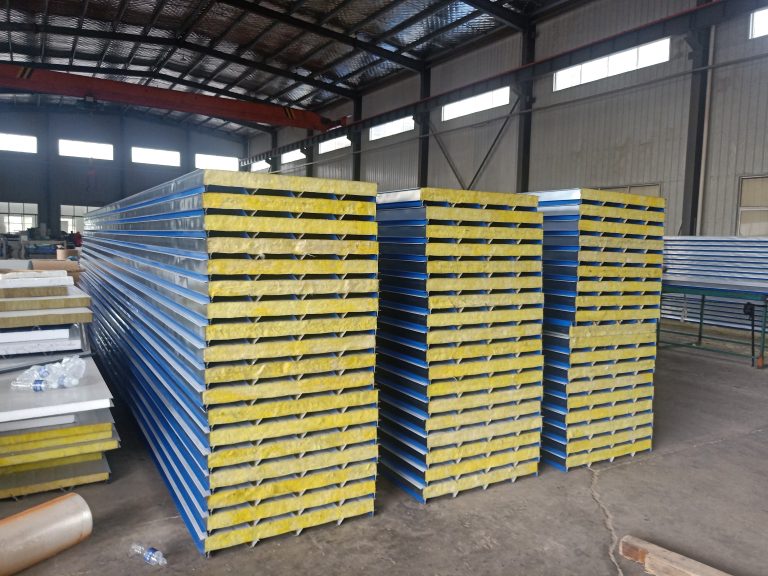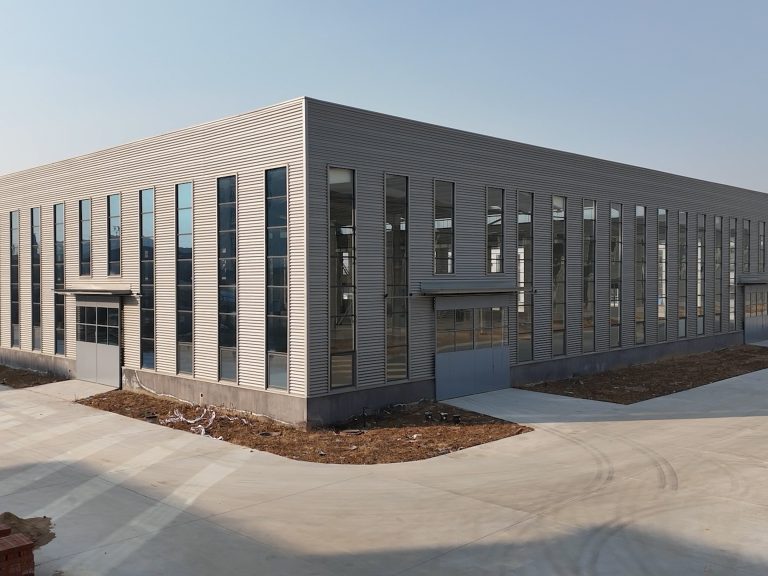Table of Contents
Benefits of Using Transforming Container Houses for Cafes
Container houses have gained popularity in recent years due to their versatility and sustainability. These structures, made from repurposed shipping containers, offer a cost-effective and eco-friendly alternative to traditional building methods. One innovative use of container houses is transforming them into cafes. A recent study has explored the environmental adaptability of using transforming container houses for cafes, highlighting the numerous benefits of this approach.
One of the key advantages of using transforming container houses for cafes is their mobility. These structures can be easily transported to different locations, allowing cafe owners to take advantage of changing trends and customer preferences. This flexibility also enables cafes to cater to different events and festivals, maximizing their revenue potential. Additionally, the modular nature of container houses makes it easy to expand or modify the cafe as needed, providing a scalable solution for growing businesses.
Another benefit of using transforming container houses for cafes is their sustainability. By repurposing shipping containers, cafe owners can reduce their environmental impact and contribute to a more sustainable future. These structures also have a smaller carbon footprint compared to traditional building materials, making them an attractive option for environmentally conscious consumers. Additionally, container houses can be outfitted with energy-efficient features such as solar panels and rainwater harvesting systems, further reducing their environmental impact.
In terms of cost-effectiveness, transforming container houses offer significant savings compared to traditional building methods. The use of pre-fabricated containers reduces construction time and labor costs, resulting in a more affordable option for cafe owners. Additionally, the durability of shipping containers ensures a long lifespan for the cafe, minimizing maintenance and repair expenses over time. This cost-effective approach allows cafe owners to allocate their resources more efficiently, ultimately leading to a higher return on investment.
The adaptability of transforming container houses also plays a crucial role in creating a unique and memorable dining experience for customers. These structures can be customized to reflect the brand identity and aesthetic of the cafe, creating a distinctive atmosphere that sets it apart from competitors. The industrial-chic design of container houses appeals to modern consumers seeking a trendy and Instagram-worthy dining experience. Additionally, the compact size of container cafes can create a cozy and intimate setting, enhancing the overall customer experience.
Furthermore, transforming container houses offer a quick and convenient solution for cafe owners looking to establish a presence in high-traffic areas. These structures can be easily installed in urban locations with limited space, allowing cafes to capitalize on foot traffic and attract a larger customer base. The portability of container houses also makes them ideal for pop-up cafes and temporary installations, providing a flexible option for seasonal businesses or special events.
In conclusion, the study on the environmental adaptability of transforming container houses into cafes highlights the numerous benefits of this innovative approach. From mobility and sustainability to cost-effectiveness and adaptability, container cafes offer a unique and practical solution for cafe owners looking to stand out in a competitive market. By embracing the versatility of container houses, cafe owners can create a memorable dining experience for customers while also contributing to a more sustainable future.
Sustainable Design Practices for Container House Cafes
Container houses have gained popularity in recent years as a sustainable and cost-effective housing solution. These structures, made from repurposed shipping containers, offer a versatile and eco-friendly alternative to traditional building methods. In addition to their use as homes, container houses are also being transformed into cafes, restaurants, and other commercial spaces. A recent study has focused on the environmental adaptability of transforming a container house into a cafe, exploring the potential benefits and challenges of this innovative design approach.
One of the key advantages of using a container house as a cafe is its sustainability. By repurposing a shipping container, designers can reduce the environmental impact of construction and minimize waste. In addition, container houses are highly energy-efficient, with excellent insulation properties that help to regulate temperature and reduce heating and cooling costs. This makes them an ideal choice for a cafe, where maintaining a comfortable indoor environment is essential for customer satisfaction.
The study also examined the adaptability of container houses to different environmental conditions. Container houses are designed to withstand the rigors of transportation across oceans, making them inherently durable and weather-resistant. This durability is a significant advantage when converting a container into a cafe, as it ensures that the structure can withstand the elements and provide a safe and secure environment for customers and staff.
Another important aspect of the study was the potential for customization and creativity in transforming a container house into a cafe. The modular nature of shipping containers allows for endless design possibilities, from sleek and modern to rustic and industrial. Designers can incorporate features such as large windows, skylights, and outdoor seating areas to create a unique and inviting space that reflects the brand and ethos of the cafe.

Despite the many benefits of using a container house as a cafe, the study also identified some challenges that designers and owners may face. One of the main concerns is the limited space available in a standard shipping container, which can make it challenging to create a functional and comfortable cafe layout. Designers must carefully plan the interior design to maximize space efficiency and ensure that the cafe meets the needs of both customers and staff.
In addition, the study highlighted the importance of proper insulation and ventilation in container cafes. While shipping containers are naturally well-insulated, they can still be prone to temperature fluctuations and condensation if not properly sealed and ventilated. Designers must take these factors into account when converting a container into a cafe to ensure a comfortable and healthy indoor environment for all occupants.
Overall, the study on the environmental adaptability of transforming a container house into a cafe demonstrates the potential for sustainable design practices in the hospitality industry. By repurposing shipping containers and embracing innovative design solutions, cafe owners can create unique and environmentally friendly spaces that attract customers and contribute to a more sustainable future. With careful planning and attention to detail, container cafes have the potential to be both functional and aesthetically pleasing, offering a new and exciting dining experience for customers.





